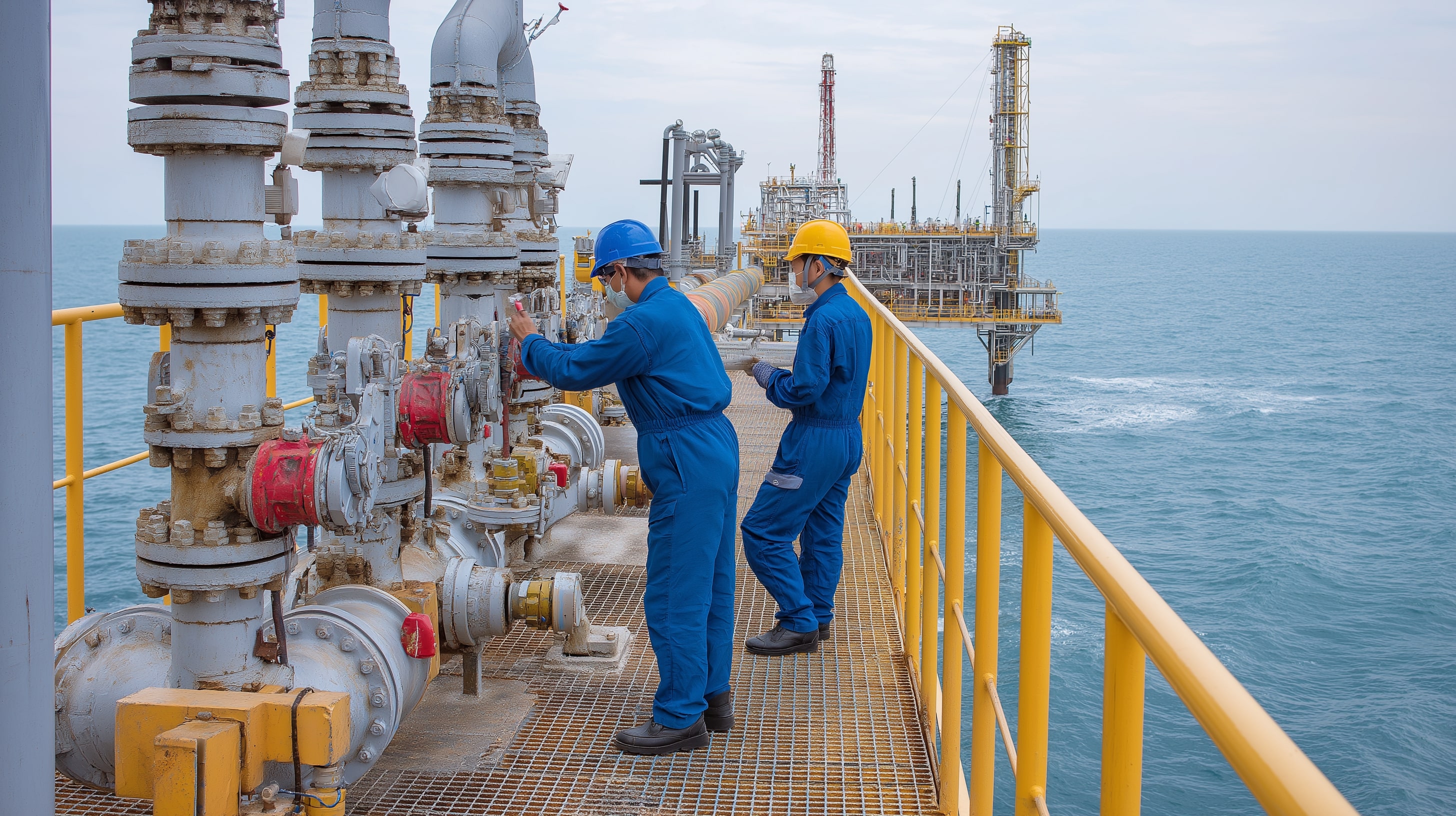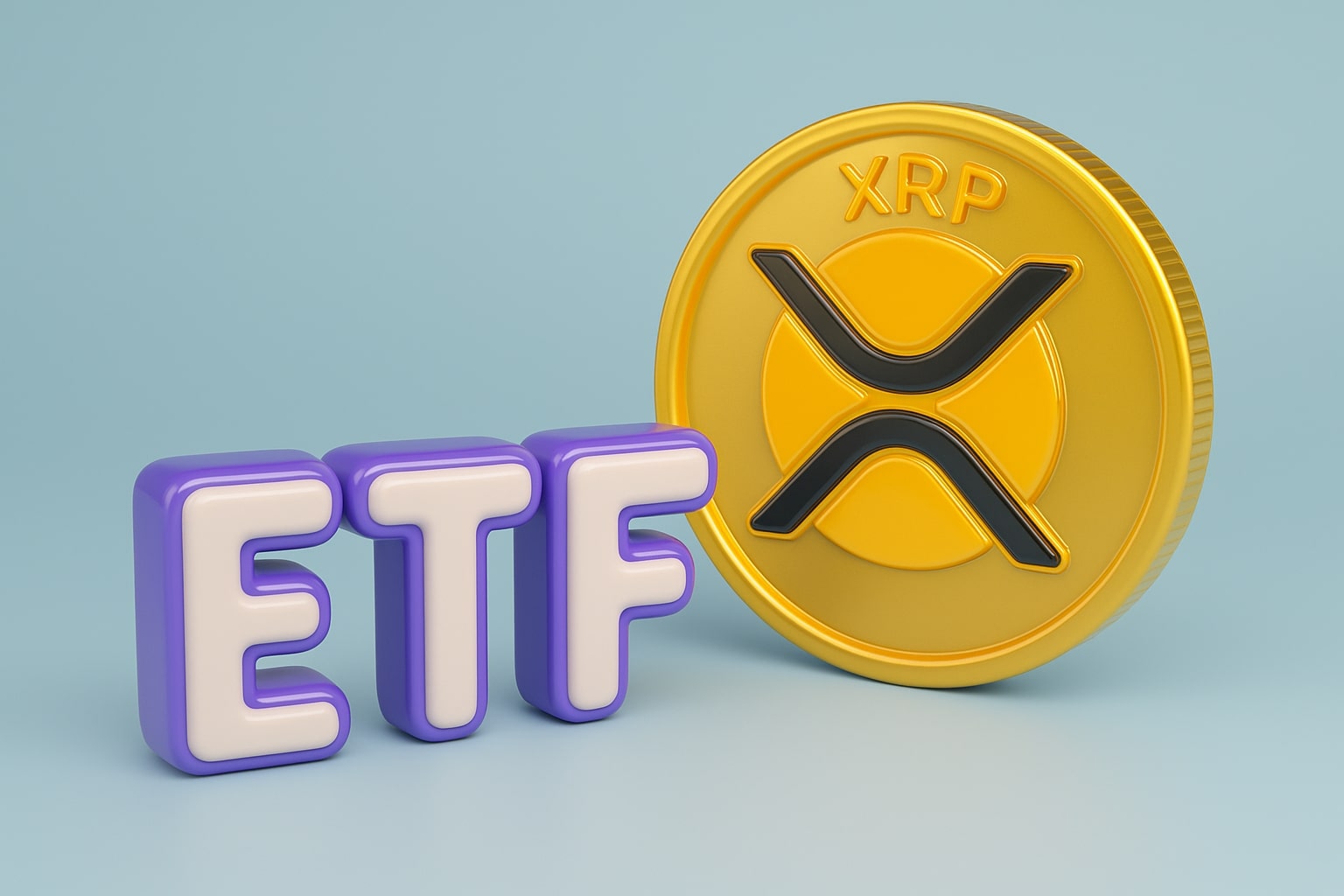
Natural Gas Price (NG=F) Steadies at $3.80 as 74 Bcf EIA Build and LNG Demand Set Stage for Winter Rally Toward $4.40
Natural Gas holds near $3.80 despite a higher-than-expected 74 Bcf storage build, with total stocks at 3,882 Bcf and RSI neutral at 52 | That's TradingNEWS
Natural Gas (NG=F) Trades Near $3.80 as EIA Storage Build of 74 Bcf and Mild Weather Pressure Prices
Natural Gas (NG=F) continues to consolidate around $3.80 per MMBtu, hovering in a narrow range as traders digest a combination of mixed fundamental signals — including a 74 billion cubic feet (Bcf) inventory build reported by the U.S. Energy Information Administration (EIA) and subdued early-winter demand. The latest storage report showed total working gas in storage rising to 3,882 Bcf, slightly above market forecasts of 71 Bcf, signaling weaker consumption amid mild weather conditions across the Midwest and Northeast. The build, while moderate, exceeded seasonal expectations and cooled bullish momentum ahead of the high-demand heating season. The December contract, now the front month, reflects hesitancy among traders as volatility tightens, with prices fluctuating between $3.77 and $3.83 in intraday trading.
EIA Storage Data Reflects Mixed Fundamentals as Demand Softens
The EIA’s latest report provides a nuanced view of the natural gas landscape. While inventories increased by 74 Bcf versus the 87 Bcf seen the previous week, the injection still came above consensus estimates, underscoring a modest oversupply in the near term. Total stocks are now 171 Bcf above the five-year average of 3,711 Bcf, leaving the market comfortably supplied as November approaches. Analysts note that the report indicates reduced drawdown potential unless temperatures shift sharply colder. With heating demand yet to fully materialize, spot prices across major U.S. hubs — including Henry Hub, Algonquin Citygate, and Chicago Citygate — remained range-bound, while regional cash markets showed slight firmness in the East due to early frost forecasts.
Technical Outlook: NG=F Finds Support at $3.77 with Resistance Near $4.00
Technically, Natural Gas (NG=F) is caught in a consolidation channel, with $3.77 forming a strong intraday base and $4.00 emerging as a key psychological ceiling. The 50-day moving average (MA) sits near $3.65, while the 200-day MA hovers around $3.55, reinforcing medium-term support levels. The Relative Strength Index (RSI) currently reads around 52, reflecting neutral sentiment as traders await a decisive breakout. A daily close above $3.83 could ignite a test toward $4.05, while failure to defend the $3.77 support risks exposing downside targets at $3.60 and $3.40, both of which have acted as consolidation zones since September. Notably, the 50-day MA is approaching a crossover with the 200-day MA — a golden cross formation that often signals the beginning of a sustained bullish phase if confirmed in early November.
Weather and Seasonal Patterns Support Longer-Term Upside Potential
Seasonal dynamics continue to favor a gradual upward bias despite short-term volatility. The market’s cyclical pattern shows a historical trend of price acceleration during November–February, driven by heating consumption spikes across North America. Weather models from the National Oceanic and Atmospheric Administration (NOAA) indicate cooler-than-average temperatures expected to spread eastward by mid-November, potentially lifting residential and commercial gas demand by 8–12% week-over-week. The potential onset of a colder winter, combined with rising LNG export flows to Europe and Asia, may compress domestic stock levels faster than forecast, supporting prices above $4.20 by early December.
LNG Exports and U.S. Output Maintain Balance Between Supply and Demand
U.S. LNG export activity remains robust, with total liquefied natural gas flows near 14.7 Bcf/day, driven by steady shipments from terminals like Sabine Pass, Cove Point, and Corpus Christi. At the same time, domestic production remains elevated around 104 Bcf/day, offsetting export-driven draws. According to recent updates, pipeline maintenance in the Columbia Gulf Mainline and fluctuations in Cameron LNG feed gas deliveries caused temporary spot price volatility but did not significantly disrupt overall flows. Market watchers note that the balance between production and exports will determine whether storage levels begin to tighten meaningfully by mid-November.
Regional Demand Trends Reinforce Resilience Across U.S. Hubs
Spot prices across the Midwest and East Coast showed resilience amid a late-October cold snap. Midwest hub prices rose toward $3.15/MMBtu, while Algonquin Citygate traded closer to $3.50/MMBtu, boosted by localized heating demand and transportation constraints. Conversely, Transwestern West Texas and Eastern Gas South recorded mild declines, falling $0.50 and $0.19 respectively, reflecting weaker industrial loads. These regional divergences highlight how infrastructure limitations and weather volatility continue to shape short-term market direction even when national fundamentals remain stable.
Investor Positioning and Futures Market Behavior
Futures positioning suggests cautious optimism among traders. Managed money net longs increased by 6% last week, indicating selective accumulation as traders anticipate stronger winter demand. However, overall open interest has flattened, showing that institutions prefer to wait for confirmation from the next EIA report before increasing exposure. The Henry Hub December futures contract continues to trade with reduced volatility, implying a balanced sentiment between bullish heating season expectations and bearish storage comfort. Options markets indicate heavy call activity at the $4.00 strike, suggesting traders see this level as the next significant technical inflection point.
Read More
-
PFFA ETF Nears $21.50 as Rate Cuts and 9.49% Yield Spark Renewed Demand
29.11.2025 · TradingNEWS ArchiveStocks
-
XRPI and XRPR ETFs Ignite Ripple’s Institutional Rally as Inflows Near $1B and XRP Holds $2.20
29.11.2025 · TradingNEWS ArchiveCrypto
-
Natural Gas Price Forecast - NG=F Blasts to $4.85 as Demand Surge Fuel Multi-Month Breakout
29.11.2025 · TradingNEWS ArchiveCommodities
-
USD/JPY Price Forecast - Yen to Dollar Slides to 156.10 as Yen Strengthens on Fed Cut Expectations
29.11.2025 · TradingNEWS ArchiveForex
Macro Drivers: Fed Policy and Energy Correlation Effects
Broader macroeconomic currents are shaping natural gas sentiment as well. The Federal Reserve’s 25-basis-point rate cut to a target range of 3.75–4.00%, combined with Fed Chair Powell’s cautious tone, has indirectly pressured energy prices through a stronger U.S. dollar. However, this effect is partly offset by renewed optimism following Trump’s trade truce with China, which could boost industrial gas demand if manufacturing activity revives. Moreover, the continued recovery in equities like Dow Jones at 47,800 and S&P 500 at 6,860 suggests that energy traders are not pricing in recessionary fear, leaving room for speculative inflows once heating demand solidifies.
EIA Storage Trajectory Points to Tightening by Early Winter
While the latest 74 Bcf injection indicates mild weather-induced softness, analysts project that storage builds will slow sharply heading into mid-November, likely falling to 40–50 Bcf per week as temperatures decline. End-of-season storage is now forecast to peak near 3,940 Bcf, slightly above last year’s levels but well below 2020’s record. If winter 2025 proves colder than expected, early drawdowns could begin as soon as the week ending November 7, supporting a potential price rally toward $4.20–$4.40 by December.
Verdict: Natural Gas (NG=F) Rating – Buy (Short-Term Consolidation, Medium-Term Bullish)
Taking into account all structural, technical, and macro data, Natural Gas (NG=F) is rated a Buy. The short-term trend remains range-bound between $3.60 and $4.00, but medium-term indicators point to strengthening momentum as colder weather and export demand tighten balances. The EIA’s 74 Bcf build, while slightly bearish, is overshadowed by the onset of seasonal demand and the technical potential for a golden cross breakout. With RSI neutral, storage near saturation, and futures aligning for winter volatility, the next upward leg could position NG=F toward $4.20–$4.40 before year-end, marking a shift from consolidation to accumulation phase as natural gas enters its seasonal peak.



















